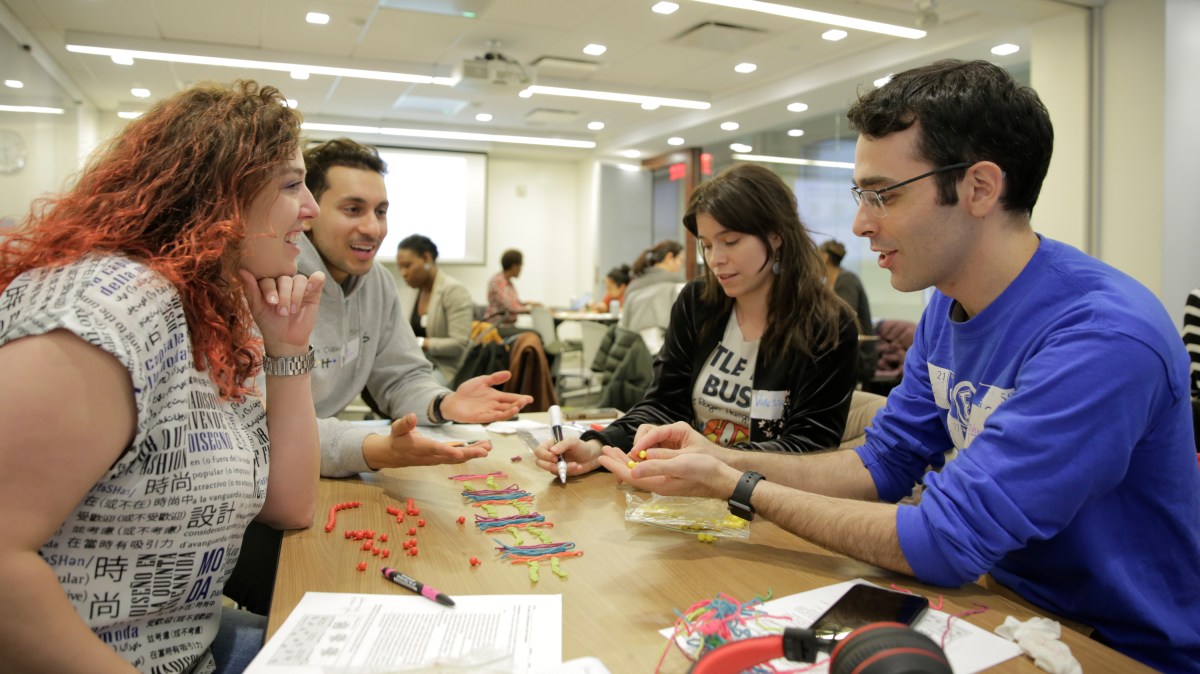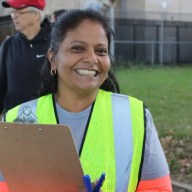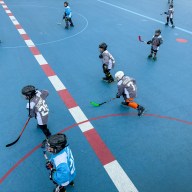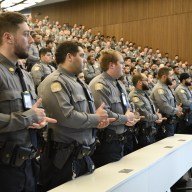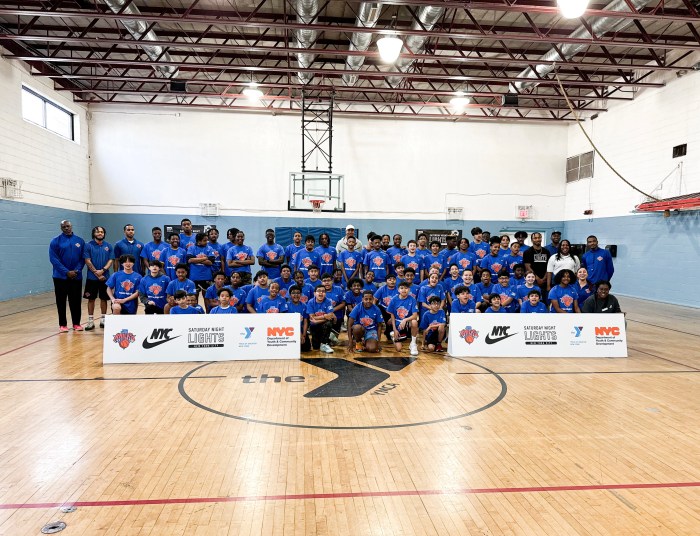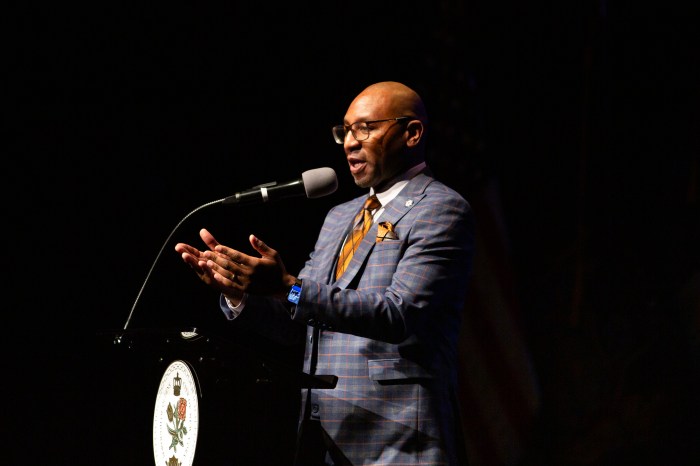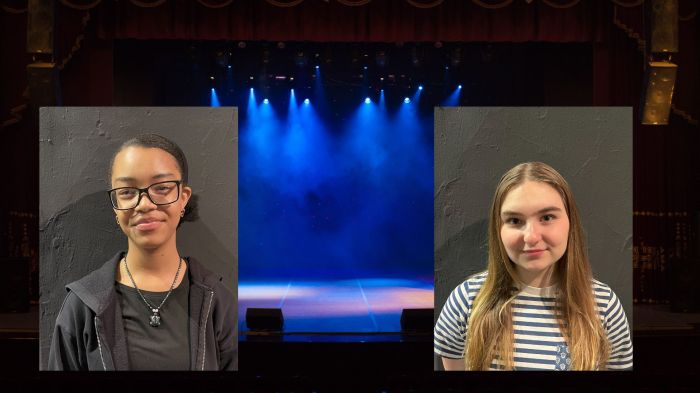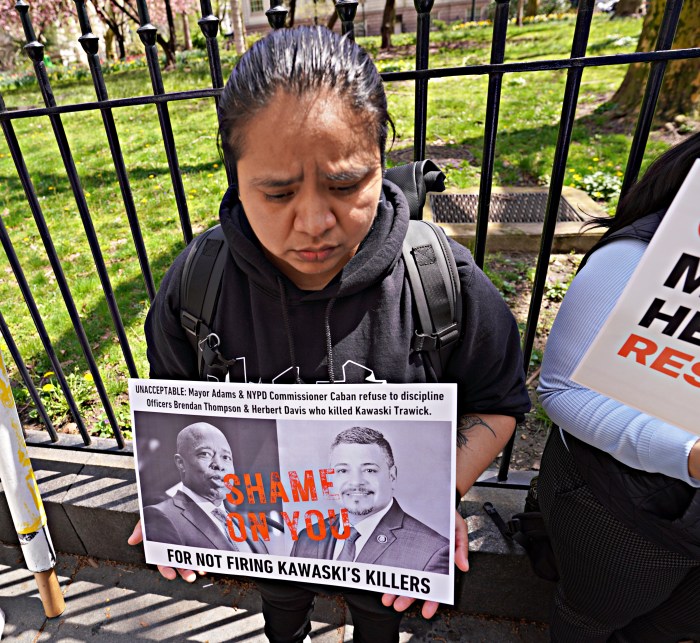Math for America (MƒA), an organization committed to helping accomplished STEM teachers continue to thrive, recently welcomed 21 new “master teachers” into its 2019 class — and they’re all teaching in Queens.
John Ewing, president of MƒA, told QNS that the “very selective” four-year fellowship is designed to provide outstanding K-12 teachers the opportunity to interact with fellow educators as well as give them enriching workshops.
But the organization’s most important mission is to keep these teachers in the classroom.
“In addition to keeping these really great teachers teaching, we’re trying to change what teaching feels like to show that it’s much more than just standing in front of the classroom — but that it’s a real profession, that it’s respected and that it’s fun,” Ewing said.
And in order to foster their fellows’ passion for teaching, they also provide them with a yearly $15,000 stipend.
The New York City-based organization, which is funded by the Simons Foundation, has a total of 1,016 members from public schools across the five boroughs — with 144 of those being teachers from 63 different schools in the “World’s Borough.”
One of the newest members of their community is Andrew Rodriguez, a seventh-grade math teacher at Long Island City’s Hunters Point Community Middle School.
The Texas native who always wanted to teach in a big city — “and it doesn’t get any bigger than New York,” Rodriguez said — believes that MƒA’s mission aligns perfectly with his own core values as a teacher.
“It’s my job to help students problem solve and to help them become a good person,” Rodriguez said. “So I want these things that I’m learning with MƒA and the choices that I have in my professional development modules to reflect that.”
Rodriguez began his term in September, and is currently taking two workshops out of the 400 that the fellowship offers this fall. He began with one that focuses on effectively giving his students feedback, and another group on compassion and fatigue, in which he’s “learning how to take care of myself so that I can take care of my kids.”
The alumnus of Texas State University in Saint Marcos and Relay Graduate School of Education in New York City said that the $15,000 stipend is an added bonus.
“I mean, it’s fantastic,” he said. “I can use that to improve things in my classroom. I can use that to just make sure that I have everything that I need professionally. I can use that to also go to places and learn about other avenues of education. So, that really takes away a lot of the additional stress that you might have as a classroom teacher, and it gives you a little extra buffer that you could use to really improve yourself.”
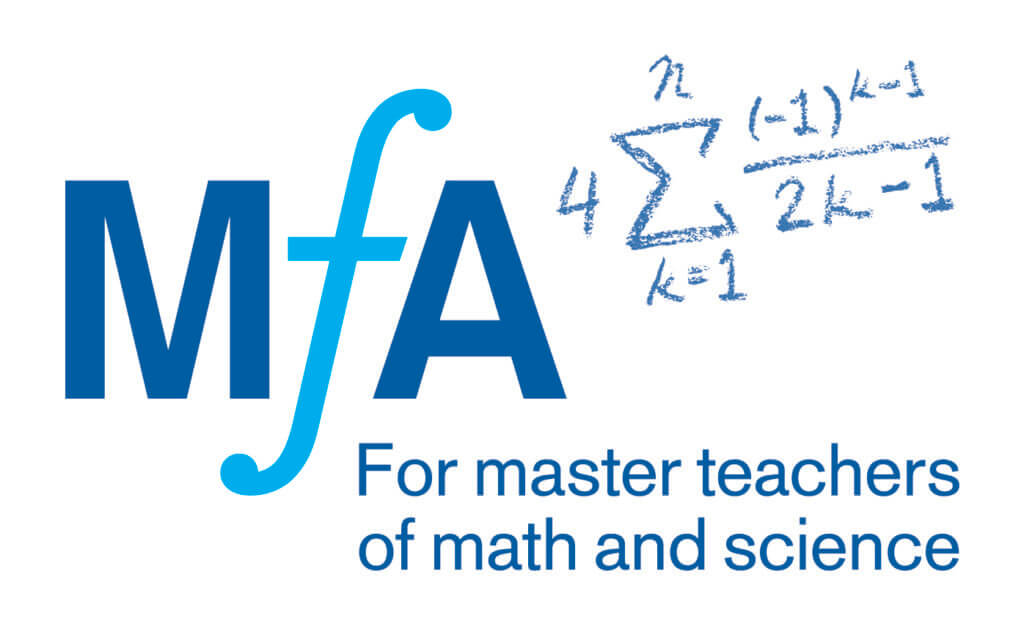
Because of all that the program has to offer, Rodriguez thinks the “rigorous” application and interviewing process is fair.
Ewing explained that the interview process alone involves a “morning and a half of an afternoon’s” worth of presentations, group discussions and evaluations from MƒA representatives.
“I think that it’s that way for a reason, because it wants to make sure that teachers are really passionate about learning, first and foremost,” Rodriguez said. “And that passion for learning gets pushed in to your classroom.”
Ewing, a mathematician who was a professor at Indiana University for 25 years prior to becoming the president of MƒA, hopes that the program will grow from it’s New York City origins in the near future.
He talked about previous efforts to create a similar program in Connecticut that didn’t work out in the end, and their latest “mini-MƒA” project in New Jersey. Ewing also mentioned how they successfully convinced New York state to create a program modeled on theirs.
“It’s called the New York State Master Teacher Program (NYSMTP) and it’s funded by the state,” he said. “It’s grown a lot.”
With 10 percent of the entire MƒA community representing the city’s STEM teaching population, both Ewing and Rodriguez believe that, in the end, it’s the students who will benefit the most in the long run.
When addressing the common misconception that math may be too hard to understand, Rodriguez said that he combats this “stigma” by having a “growth mindset” in his own classroom and shows his students that even if they’re not good at one problem, they might be able to solve another.
“I think it’s very important that as educators we make sure that we give those kids successes and we give them an opportunity to succeed so that they can see that their persistence and their grit will push beyond that misunderstanding, and actually get them to where they want to be,“ he said.
Below, see the full list of MFA’s new members of the Queens teacher cohort.
- Gabriela Aldave Jordan, Aviation Career & Technical Education High School
- Michael Capobianco, Thomas A. Edison Career and Technical Education High School
- Melissa Fernandez, John Adams High School
- Sara Gottlieb, P.S. 165 Edith K. Bergtraum
- Helen Haritos, Bayside High School
- Estefania Hereira, Flushing International High School
- Dawoun Jyung, Metropolitan Expeditionary Learning School
- Despina Kaneris, Queens High School for Language Studies
- Milly Linares, I.S. 093 Ridgewood
- Taryn Martinez, Hunters Point Community Middle School
- Marisa Miller, Forest Hills High School
- Oluseyi Okuneye, Metropolitan Expeditionary Learning School
- Angela Oldenburg, World Journalism Preparatory
- Luna Ramirez, Information Technology High School
- Andrew Rodriguez, Hunters Point Community Middle School
- Michelle Sugrim, Business Technology Early College High School
- Erica Tunick, Forte Preparatory Academy Charter School
- Christian VanDeurs, World Journalism Preparatory
- Quratul Waqas, I.S. 230
- Jessica White, Scholars’ Academy
- Kaitlyn Zwicke, Queens High School for Information, Research, and Technology

